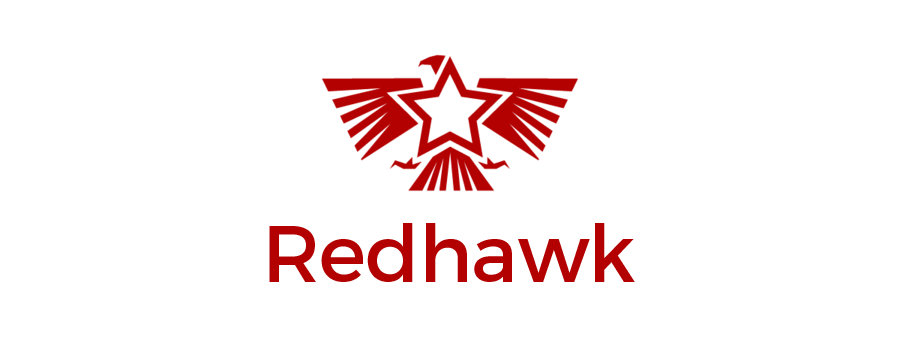I recently received an email from a former colleague who I respect very much—praising me for being brave enough to leave my job and start Redhawk Consulting. It was very nice to get that recognition from someone like Jeff who struck out on his own about 8 months before I did. Reading that note made me think about the last 6 months and how the enterprise has progressed.
Running your own business is tough and there are a lot of sleepless nights and pains in the pit of your stomach as you sweat every detail, every client and every dollar. About three months into this journey, I needed a battle cry—something internal and not necessarily shared on any website, business card or marketing collateral.
“Paychecks are for pansies.”
Granted, that is the PG version of what I actually say to myself but I want to demonstrate some decorum. In my firm, there is very limited recurring revenue. We get paid when we work directly for a client.
After spending 15 years with some kind of guaranteed income, it was up to me to generate 100% of the revenue. With a wife and two young kids, I was not just making a decision for me but for the people that mean everything to me.
As a competitive person, I’m very much inspired by those who endeavor to struggle, grind and win. In those moments when you are being tested and you could easily second guess your decision to go it alone, it is important to have a battle cry—whatever that is.
Recently, I added two more consultants to the firm and they are both personifications of this mantra. Josh started his own law firm because he wasn’t going to grow as fast he was capable of working for other partners. Paul was underutilized and his skill sets are too valuable to keep hidden deep in the bowels of an accounting department. Both have joined Redhawk and have accepted, with some degree of personalization, paychecks are for pansies.
This isn’t to posit that anyone who receives a paycheck is actually a pansy. This is for me. It’s how I push myself to put forth the best effort when no one is looking and anytime I have a fleeting moment of “holy crap, what did I do?”
I believe to truly grow, you need challenges- you need to struggle. To build meaningful wealth and success, you do it for yourself or you are left hoping someone else does it for you.
Push. Strive. Struggle. Win.

